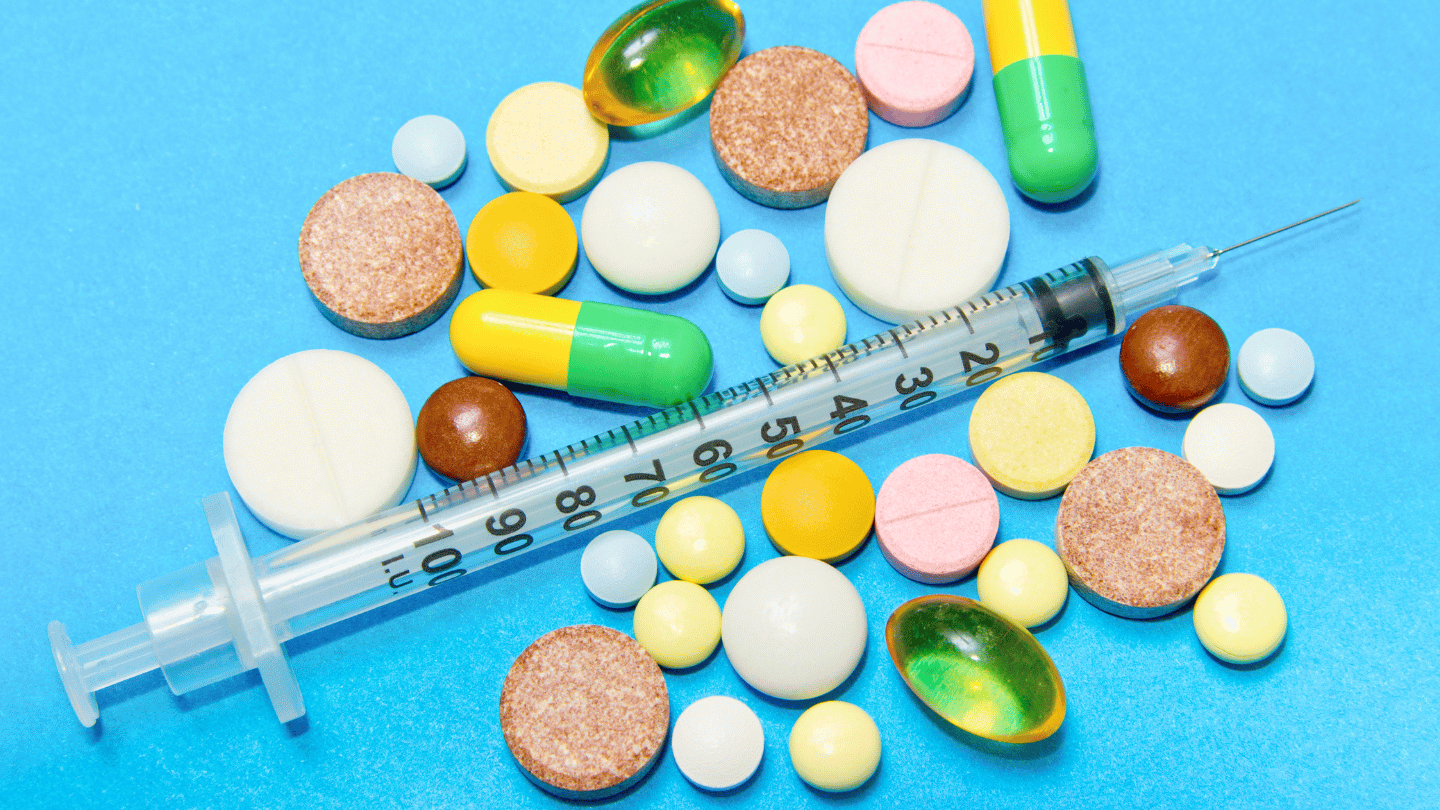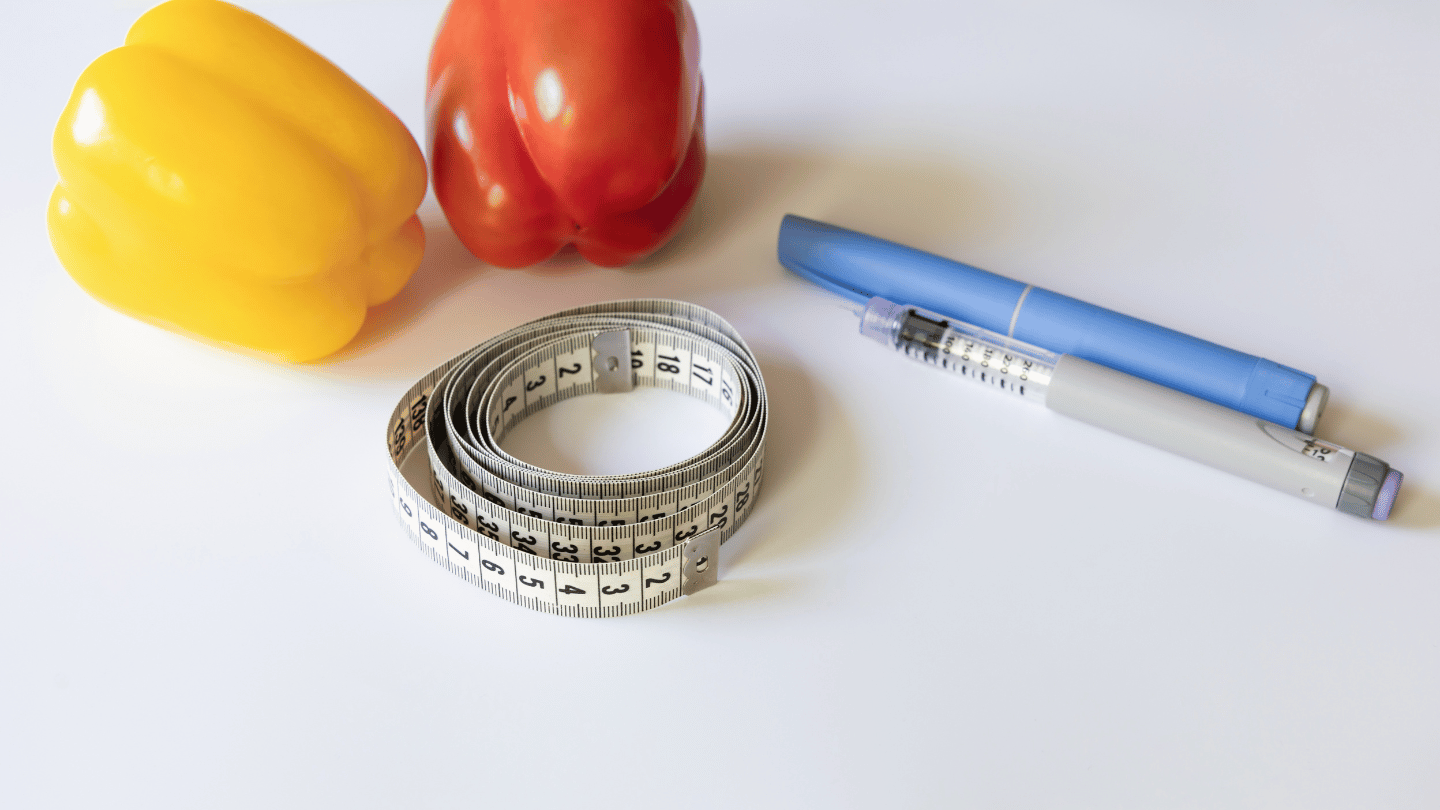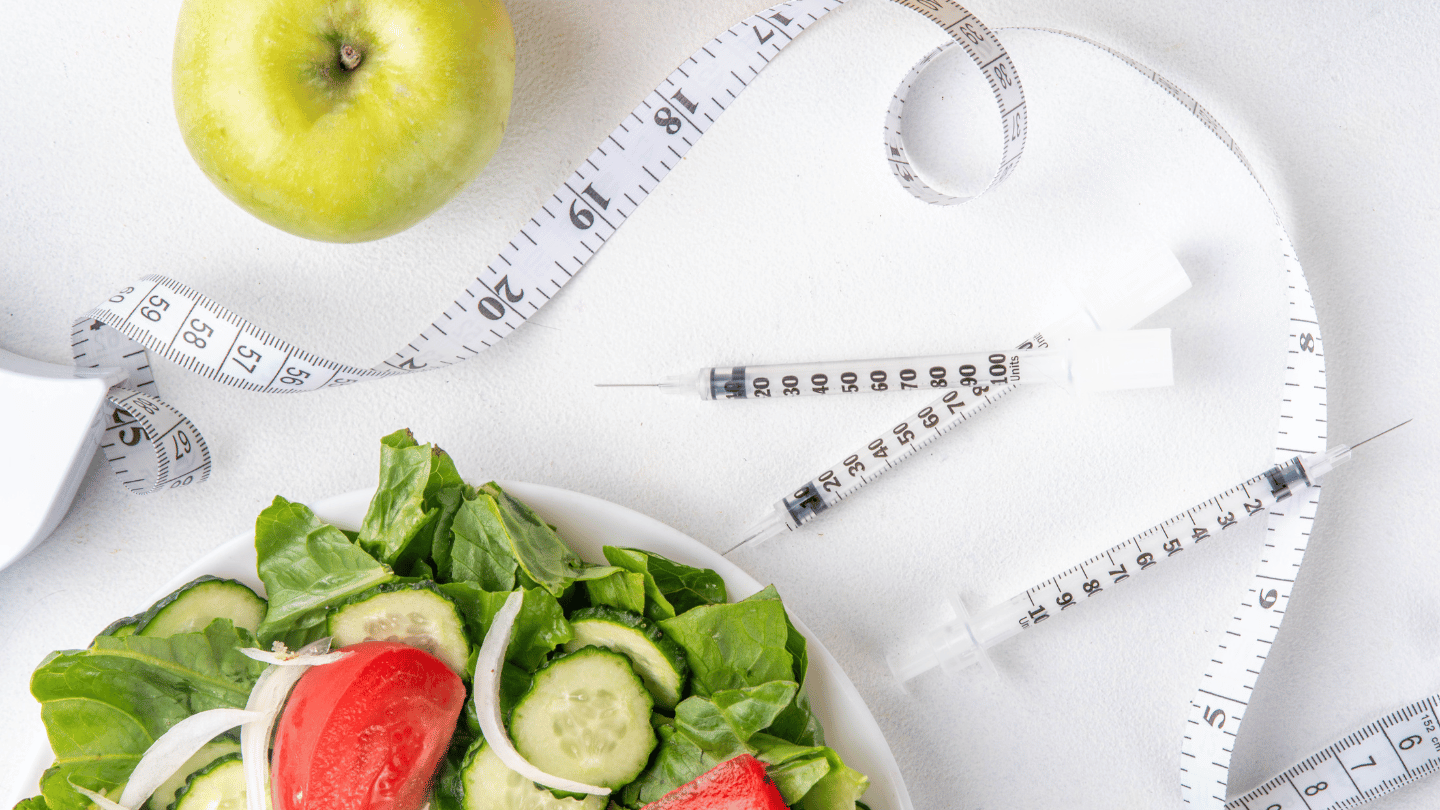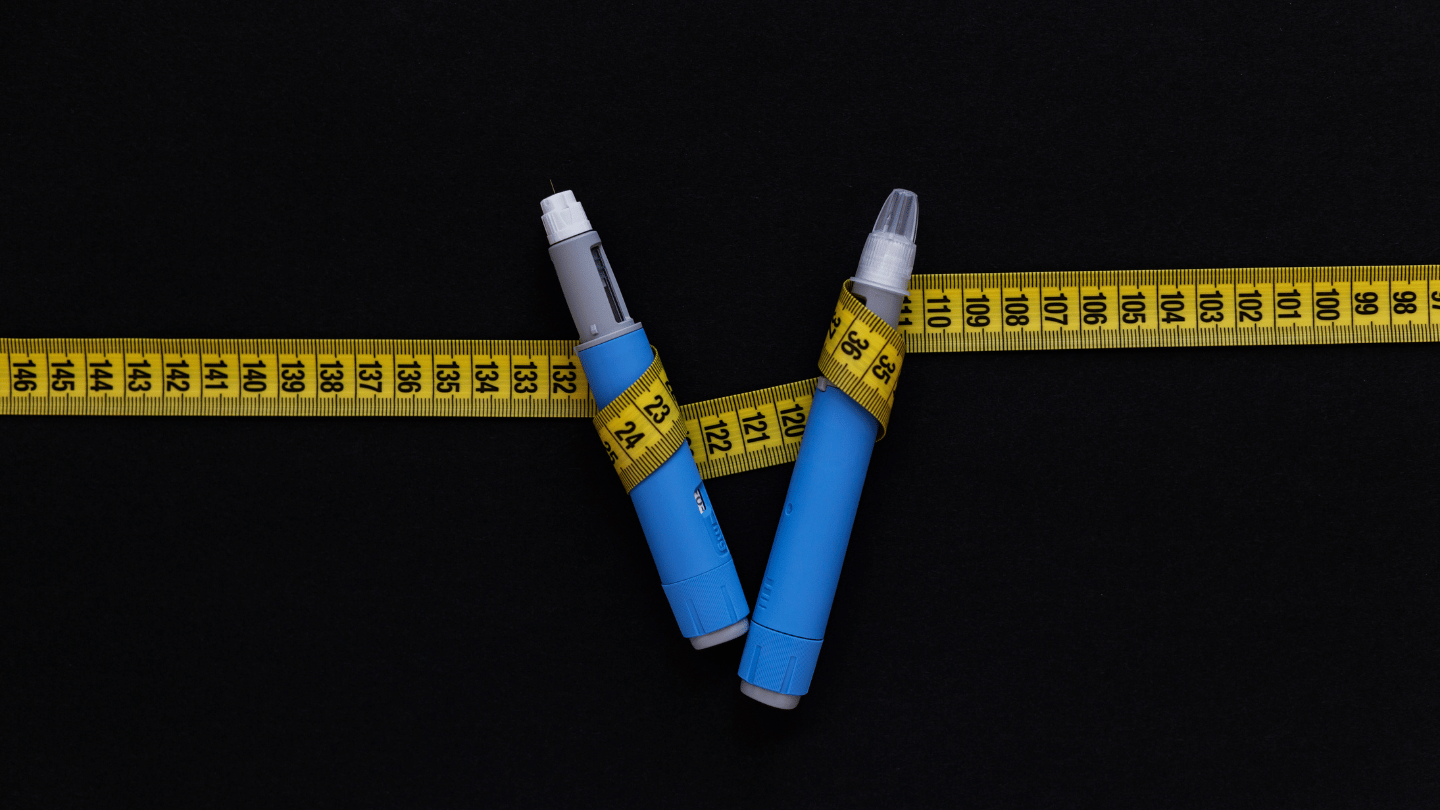Both Subutex (buprenorphine) and Suboxone (buprenorphine-naloxone) are prescribed for the treatment of opioid use disorder (OUD). For those seeking recovery, both medications are effective at easing opioid withdrawal symptoms and reducing cravings for opioids. So why are there two different drugs?
Suboxone vs. Subutex
Both Suboxone and Subutex contain buprenorphine, a type of opioid that binds to the same brain receptors as drugs like heroin and oxycontin. The difference between Suboxone and Subutex is that Suboxone contains naloxone, and Subutex does not. This is why Subutex is called “buprenorphine monoproduct” or “buprenorphine monotherapy.”
A quick note on the term “Subutex”: The original makers of Subutex removed the brand-name version from the US market back in 2011, so it is now only produced as a generic drug. Though you can’t purchase name-brand Subutex anymore, people often still refer to the generic drug buprenorphine (without naloxone) as “Subutex.”
Why is There Naloxone in Suboxone?
When naloxone is by itself, it is known as Narcan—the same medication that first responders such as paramedics and police officers give to people who have overdosed on opioids. Naloxone is an opioid antagonist (anti-opioid), which means it reverses the effect of opioids (and does so within minutes).
Naloxone is added to Suboxone to deter people from taking it the wrong way (injecting it or snorting it) in an attempt to get high.
If Suboxone is taken as directed (absorbed in the mouth), the naloxone it contains has no effect because it is not easily absorbed through the lining of the mouth or gut and, therefore, doesn’t enter the bloodstream. But if Suboxone is crushed and then injected, the naloxone enters the bloodstream and causes withdrawal symptoms rather than a high.
When Is Subutex Prescribed for Opioid Addiction?
Because Subutex does not contain naloxone, there is a much larger chance of abuse compared to Suboxone. Therefore, Subutex is generally only given in clinics, hospitals, and withdrawal management facilities.
It is rarely prescribed for outpatient use, such as during maintenance therapy for OUD, and QuickMD always begins MOUD treatment with a Suboxone prescription rather than Subutex.
The general exceptions to this are if a patient has a bad reaction to the naloxone in Suboxone or if a patient is pregnant or breastfeeding.
Can I switch from Suboxone to Subutex?
Prescriptions for Subutex (buprenorphine without naloxone) are reserved only for patients who are intolerant to Suboxone. In the rare case that a patient experiences a bad reaction to Suboxone—and has medical documentation of this—a prescription to Subutex may be considered.
How to Take Subutex and Suboxone Properly
Subutex is a tablet that dissolves under the tongue (sublingually) and contains 8 mg of buprenorphine.
Suboxone is available as a tablet or a film, both of which dissolve under the tongue. Tablets and films come in doses of 8 mg buprenorphine/2 mg naloxone or 2 mg buprenorphine/0.5 mg naloxone.
Remember: the naloxone in Suboxone remains inactive and won’t affect you as long as it is taken correctly (as directed by your provider). Put another way, an 8-mg dose of Subutex and an 8-mg dose of Suboxone will have the same effects on the body if taken correctly.
How to Start MOUD Treatment With Suboxone
You may take Suboxone at home with a prescription, and it can be prescribed as part of a treatment plan that uses medication for opioid use disorder (MOUD).
If you are suffering from opioid use disorder, QuickMD can get you started on a treatment plan with Suboxone (when medically appropriate) via telemedicine.
Just create an account to chat with a provider today or make an appointment for a date that works best for you.














